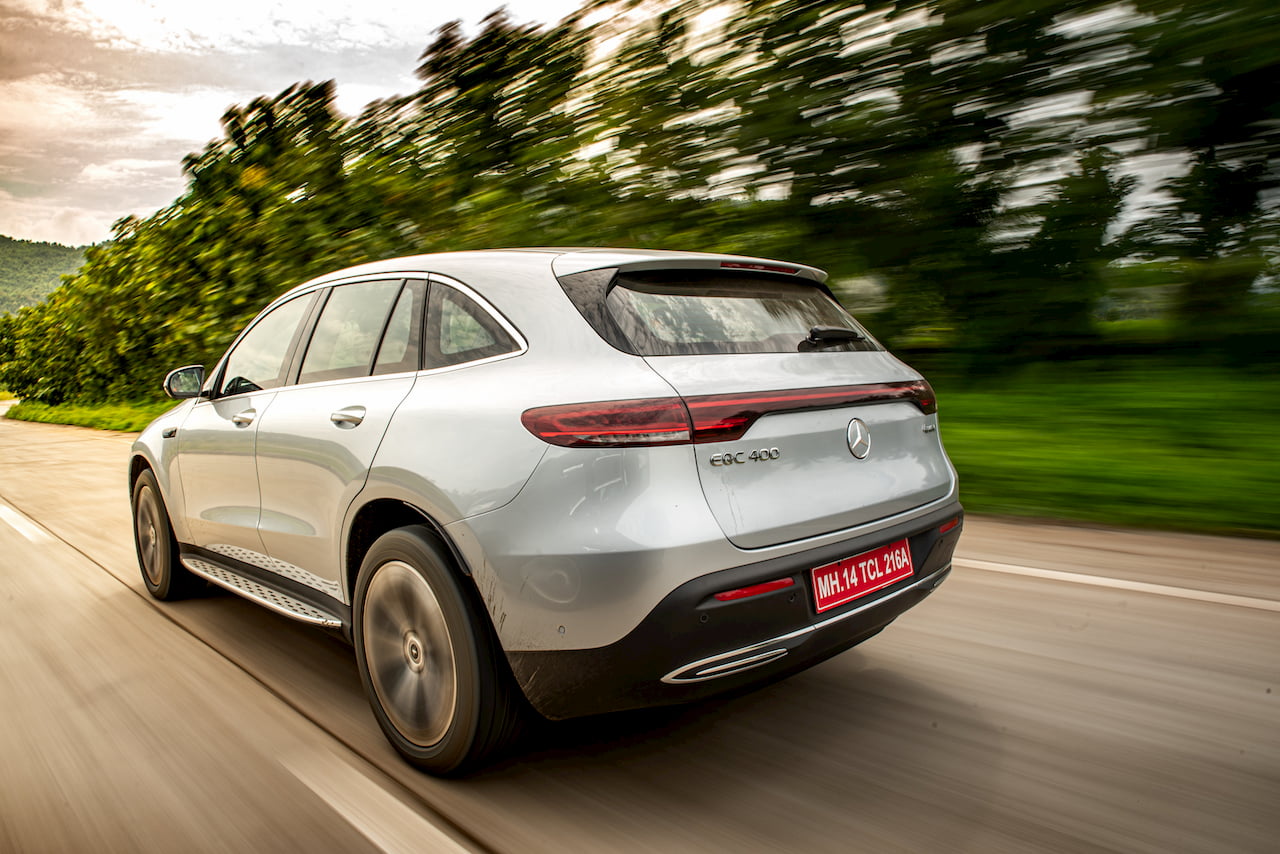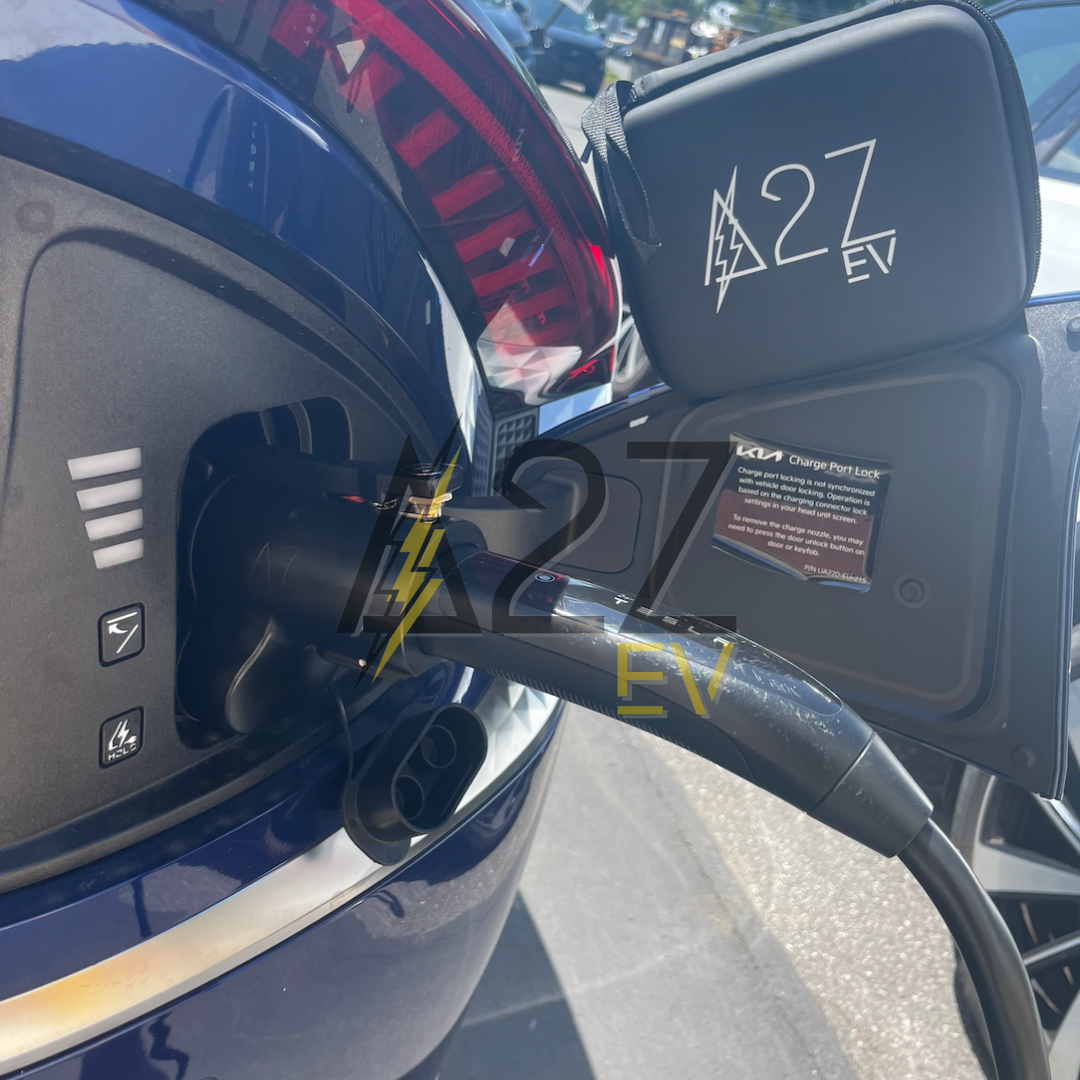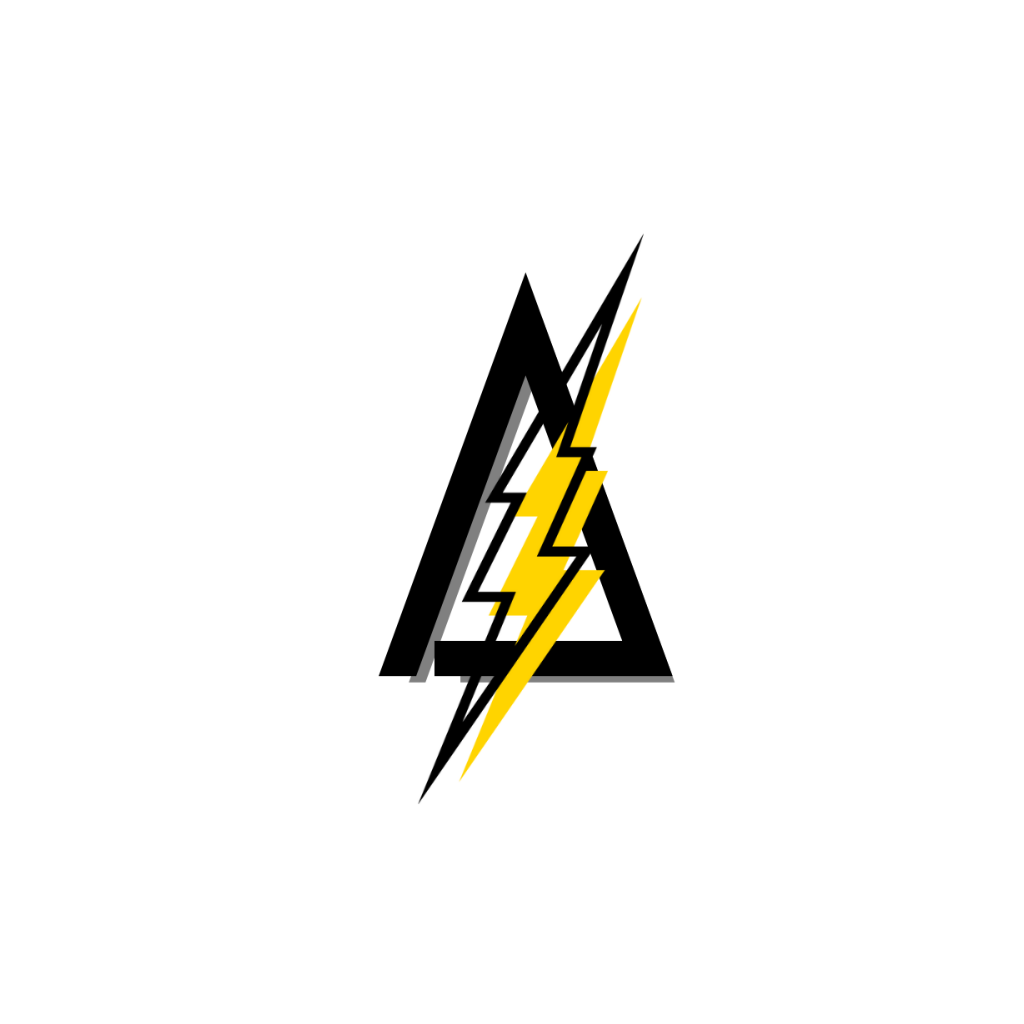- Joined
- Dec 3, 2022
- Messages
- 918
- Reaction score
- 596
- Location
- Visalia, CA
- Cars
- Lucid Air Grand Touring
- Referral Code
- ZAJRISAL

Mercedes-Benz Expands Charging Options for Customers: Access to Tesla Supercharger Network in North America While Building Its Own High-Power Charging Network
Mercedes-Benz EVs can use Tesla Superchargers in North America from 2024, and Mercedes-Benz's own charging network to implement NACS standard.www.businesswire.com
And now Mercedes...though they will continue to build out their own network, at least for now...
Their 800V MMA platform is slowed down in a 400V stations like a V3 Supercharger and below.

7 benefits of the Mercedes MMA platform arriving in 2024
The Mercedes MMA is a dedicated electric skateboard that is set to change the dynamics of next-gen entry-level and mid-range Mercedes-Benz EVs.
 topelectricsuv.com
topelectricsuv.com
This deal will cost them some money because they will add NACS ports to their existing plan of CCS Mercedes me Charge Service.
It's a good deal that doesn’t take away already planned CCS Mercedes me Charge Service to calm the fear of CCS extinction.
The downside is slow 400V Superchargers but that doesn't change whether there's a deal or not until V4 Superchargers come out.
The deal is an expansion of access, not a reduction of access so it's a good news for those who worry about CCS extinction. An adapter will be provided in 2024 but its price is unknown.
Last edited:







